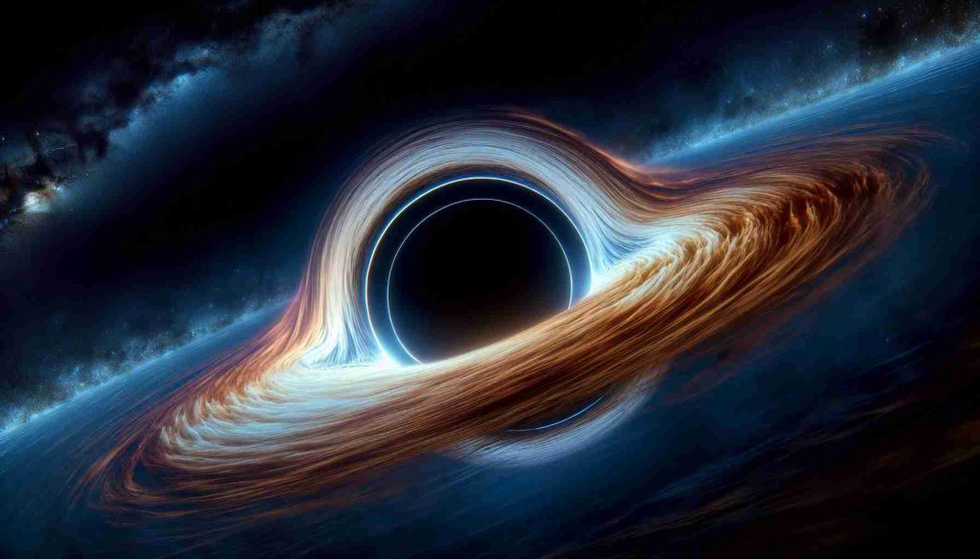Astronomers recently identified the most massive known stellar black hole in the Milky Way galaxy. This discovery, named Gaia BH3, sheds light on the intriguing nature of black holes and their formation.
Detection and Characteristics
- Gaia BH3 has a mass approximately 33 times that of the sun.
- Located in the Aquila constellation, it lies 1,926 light-years away, making it the second-closest black hole to Earth.
- Its discovery was unexpected, identified through observations from the European Space Agency’s Gaia space telescope.
- Gaia BH3’s gravitational influence on a nearby companion star caused a noticeable wobble, leading to its detection.
Confirmation and Study
- Ground-based observatories, including the European Southern Observatory’s Very Large Telescope, confirmed Gaia BH3’s mass.
- This discovery offers insights into the formation of high-mass black holes, challenging existing theories.
Implications and Significance
- Gaia BH3’s discovery expands our understanding of stellar black holes in the Milky Way.
- Its formation likely involved metal-poor stars, indicating a connection between star composition and black hole mass.
- Gaia BH3 presents opportunities for further research into the mysteries of black holes and galaxy evolution.
Conclusion
The identification of Gaia BH3 represents a significant milestone in astrophysical research, highlighting the transformative impact of space telescopes like Gaia on our understanding of the universe.
Multiple Choice Questions (MCQs):
- What is the approximate mass of Gaia BH3?
- A) 21 times that of the sun
- B) 33 times that of the sun
- C) 10 times that of the sun
- D) 4 million times that of the sun
- Answer: B) 33 times that of the sun
- How was Gaia BH3 discovered?
- A) Through direct observation with ground-based telescopes
- B) By analyzing data from the Hubble Space Telescope
- C) By detecting a wobble caused by its gravitational influence on a nearby companion star
- D) By capturing bright X-rays emitted from its vicinity
- Answer: C) By detecting a wobble caused by its gravitational influence on a nearby companion star
- What instrument confirmed the mass of Gaia BH3?
- A) Hubble Space Telescope
- B) Very Large Telescope in Chile
- C) Gaia space telescope
- D) Kepler Space Telescope
- Answer: B) Very Large Telescope in Chile
- What does the discovery of Gaia BH3 suggest about the formation of high-mass black holes?
- A) They form through the collapse of massive cosmic clouds.
- B) They form from the death of metal-rich stars.
- C) They form through mergers of smaller black holes.
- D) They form from the death of metal-poor stars.
- Answer: D) They form from the death of metal-poor stars
